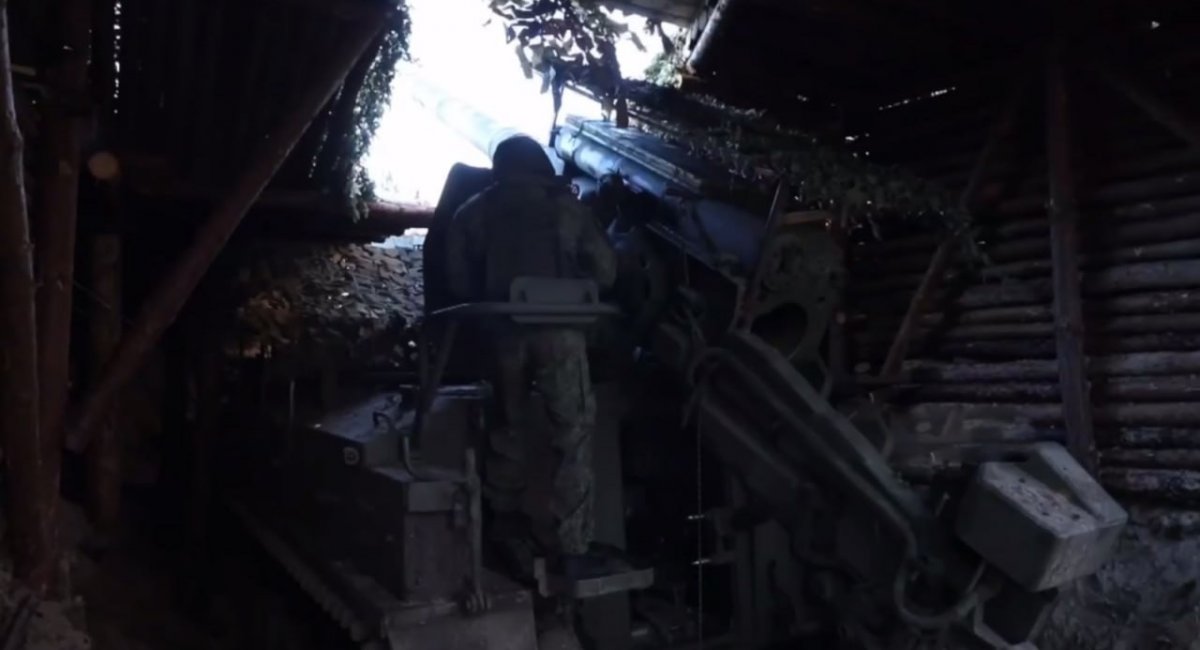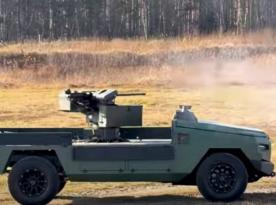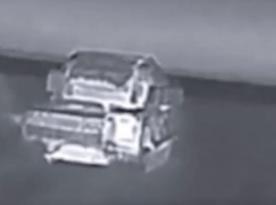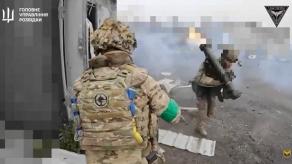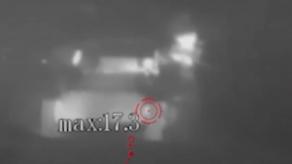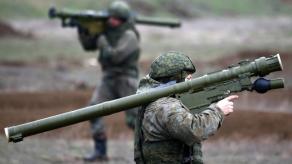Recent photos circulating on social media reveal russian 2S5 Giatsint-S 152 mm self-propelled artillery system, literally buried in the ground. The heavily fortified dugout underscores the growing necessity for concealment and protection as drone warfare reshapes battlefield tactics.
Notably, the presence of the 2S5 Giatsint-S itself is a rare sight in publicly available footage of russian artillery. While this may seem unusual, it aligns with a broader tactical shift in the ongoing war. With drones dominating the battlefield, both russian and Ukrainian forces have adopted new strategies to enhance artillery survivability, including dispersing guns and sheltering them underground.
Read more: How Many Tanks, IFVs, Artillery Pieces, and Shells Are Needed to Prevent a Breakthrough if russia Attacks the Baltic States?
A recent report by the RUSI highlights this trend, emphasizing how both sides have adapted to counter-battery warfare and frequent drone strikes. Even minor damage from a drone can necessitate the premature replacement of a gun barrel, a costly setback even for the russian military. Consequently, artillery operations are increasingly moving toward a subterranean positional format, where weapons, ammunition, and personnel are housed in fortified shelters to minimize exposure.

For russian 2S5 Giatsint-S gun, burying the system appears to be a necessity rather than a choice. Unlike other self-propelled guns, it lacks an armored casemate to protect its crew, and russian forces have opted against adding makeshift armor. As a result, the only viable defense remains deep entrenchment.
Read more: How Many Targets Can a Single Artillery Unit Using the Bohdana Self-Propelled Artillery System Destroy in 12 Months, and Which Targets Are the Hardest to Hit?




